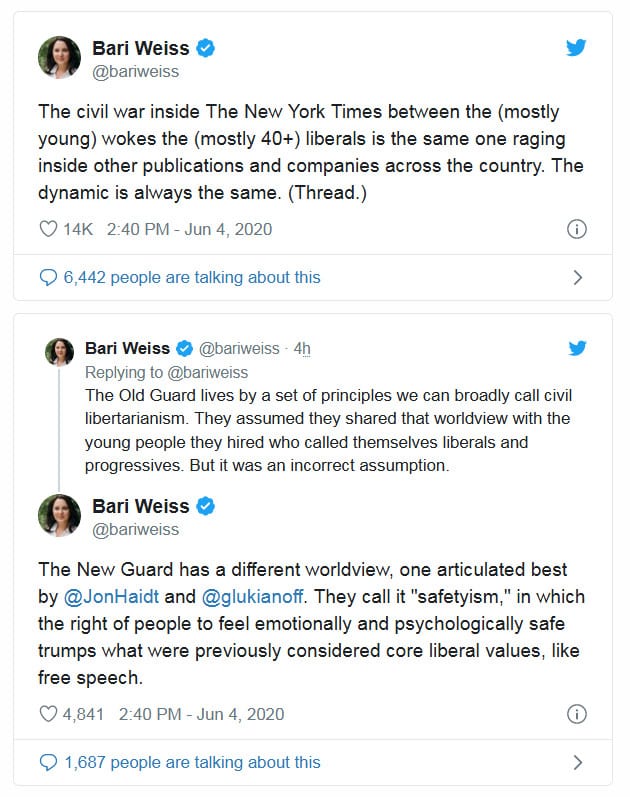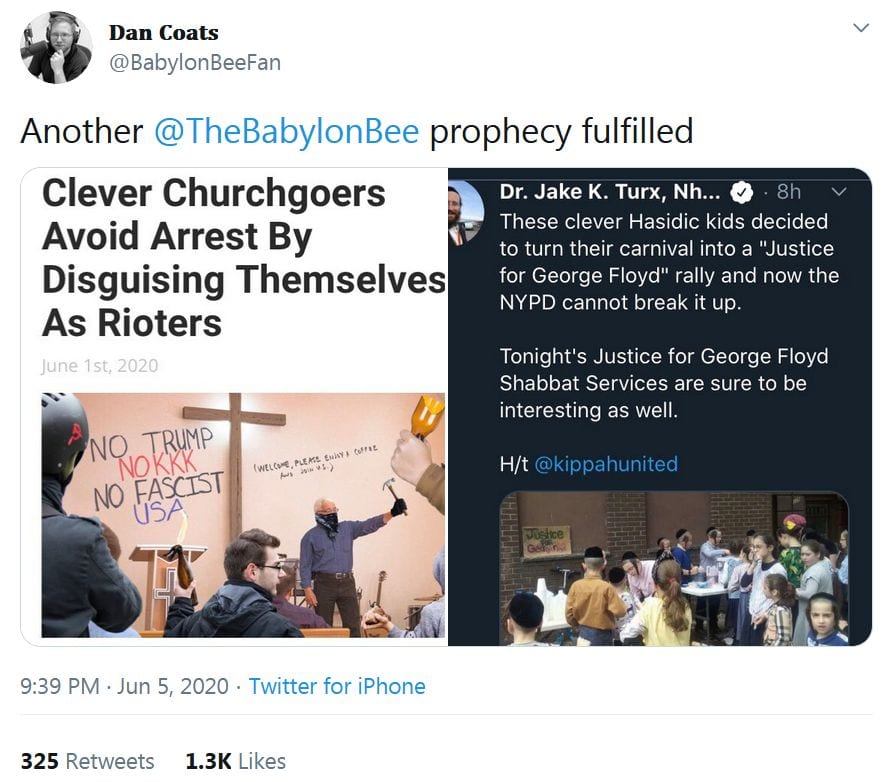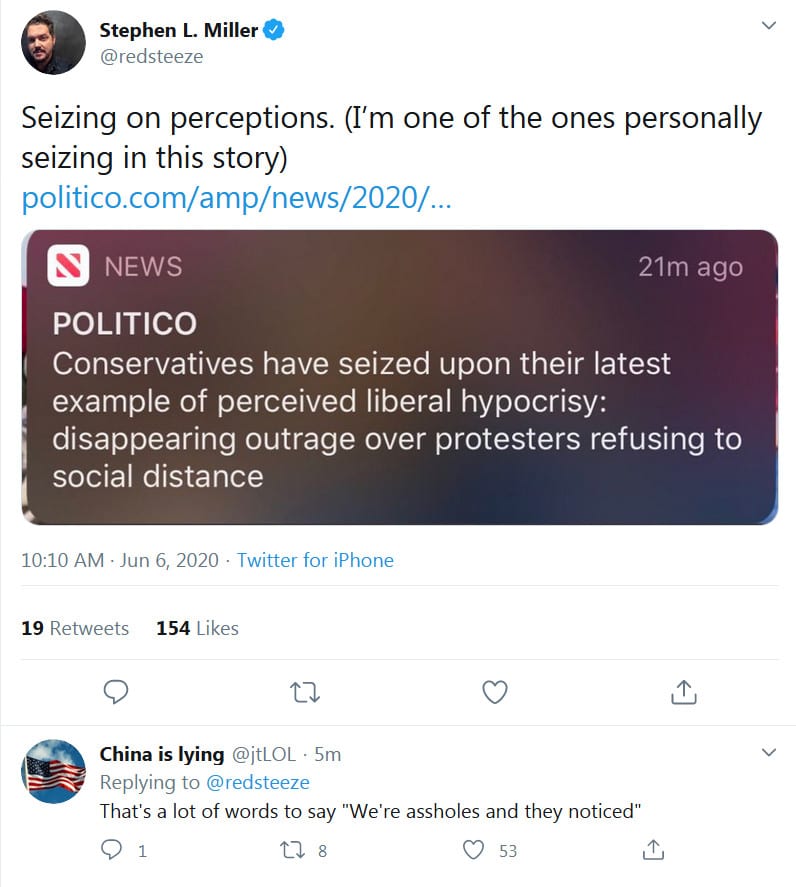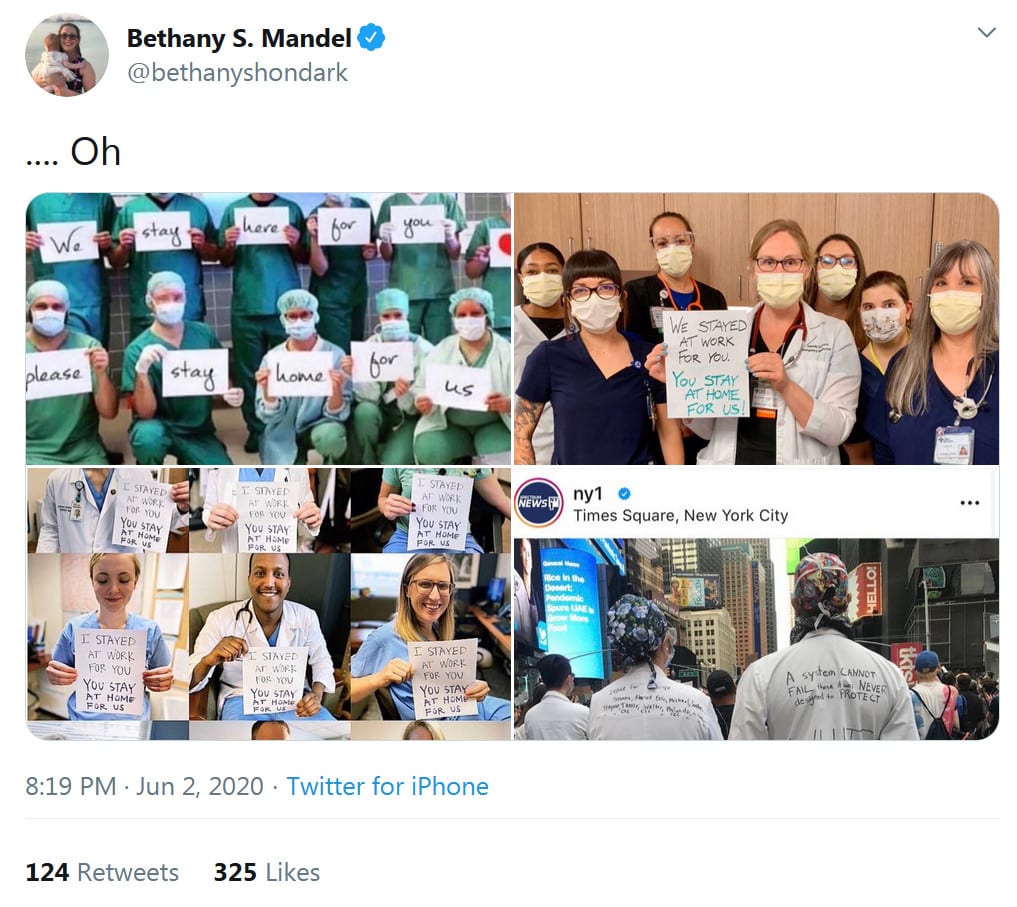CRYBULLY MOB COLLECTS SCALP: Stan Wischnowski to resign as The Philadelphia Inquirer’s top editor.
Wischnowski, 58, led the paper over two turbulent periods in recent years, driving it, its sister paper, the Daily News and its website, Inquirer.com, to reshape themselves as the digital age transformed the news business. He was also key in the creation of Spotlight PA, a new multi-reporter team to provide news outlets across Pennsylvania with investigative coverage of state government. He also was in charge in 2012 when the Inquirer won the Pulitzer Prize for Public Service for an in-depth investigation into violence within Philadelphia schools.
* * * * * * * *
It was the placement of an insensitive headline over Inga Saffron’s column in the Tuesday newspaper that may have set the stage for Wischnowski’s departure. He joined the two other top editors in signing an apology to readers and staff, characterizing the headline, “Buildings Matter, Too” as “deeply offensive” and apologizing for it. The column had explored the destruction of buildings amid the looting that accompanied some of the nationwide protest over police violence.
Even before the headline was published, Wischnowski and other editors had scheduled a staff-wide Zoom meeting to discuss race at the Inquirer and the pressures in particular faced by journalists of color.
Wischnowski, low-key and measured, as is his personality, told staffers on Wednesday that the paper had made strides in diversifying its 213-member newsroom, boosting minority representation to 27 percent of the editorial workforce, about a doubling in four years. He promised more such hires.
The session turned intense and emotional. Some journalists could be seen in tears in their Zoom frames. Critics, black and white, denounced the pace of change at the paper, sharply criticizing both coverage and the racial and gender mix of the staff. Several journalists pointed out that the newspaper could muster only one male African American reporter to cover the protests and police response convulsing a city that is majority minority.
Hours after the wrenching Zoom session, about 50 journalists of color signed an open letter calling for faster changes at the paper. The following day, most of the minority staff took the day off from work in protest.
* * * * * * * *
In 2010, when new, hedge-fund owners acquired the Inquirer, he became the paper’s fifth editor in 10 years, replacing Bill Marimow.
It was during that period when the paper’s Assault on Learning series was published.
“The future of any great American city depends on providing a safe environment in which young people can learn,” he told a reporter for a profile for his old hometown paper, in Illinois. “Our series exposed in graphic and painstaking detail the ways in which we are failing this generation.”
Ironically, what Jonathan Haidt and Insta-co-blogger Greg Lukianoff call “safetyism” doomed Wischnowski’s latest stint at the Philadelphia Inquirer, the same trend that caused similar meltdowns at the New York Times over Sen. Tom Cotton’s op-ed and New York magazine this past week over Andrew Sullivan’s column on the New York rioters and looters.
Timeswoman Bari Weiss’ thoughts on the meltdown at her paper also apply to Wischnowski leaving the Inquirer:

As former newspaper man Rod Dreher writes, “Every now and then, a young person will ask me what advice I have for someone who is thinking about becoming a journalist. My advice: don’t do it. If you are an honest person — whether you’re liberal, conservative, or somewhere in between — you are going to live in constant fear of inadvertently causing a job-ending offense. You will end up a nervous wreck, or you will end up as a conformist drone, or you will end up jobless.”
UPDATE (FROM GLENN): Actually, you have a very good chance of ending up all three.



